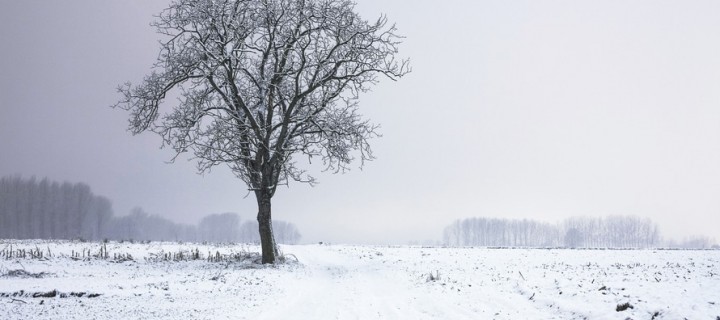With Hurricane season ending officially November 20th, and another harsh season of winter storms beginning – our trees can never have a break! Hurricanes this past year have knocked down thousands of trees across the U.S. These major tropical storms were able to weaken trees to the point of falling. Trees would knock out power lines, or even worse, block major roads and even leave people stranded.
With the winter season coming, the same thing is bound to happen. High winds will weaken the tree’s structure and heavy snow will be too much for branches to sustain. Many tree branches fall during the winter, causing damage to houses, yards, etc. If the snow is heavy enough, trees can loosen and fall.
Not only does heavy snow affect the trees, but the cold temperatures cause trees to rot and die. Frost cracks also happen to trees when the temperature is below 15 degrees. The wood contracts faster than the inside layer with a drop in temperatures. This gives the tree big vertical cracks at the weak areas of the tree trunk. Almost all trees can end up with vertical cracks. If you see a lot of cracks in your tree, your tree may be dying. You can contact Precision Cutting Services for a free tree removal estimate.
Aside from the cold weather affecting trees, the lack of water causes the majority of the Northern deciduous trees to fall. Trees with needles are more capable of sustaining winter weather with regards to water loss. Trees with needles have less of a surface area than leaves, which allows for more water-loss control. But, this type of tree with needles such as the conifer, still lose a lot of dead needles off the tree which can cause them to die.



